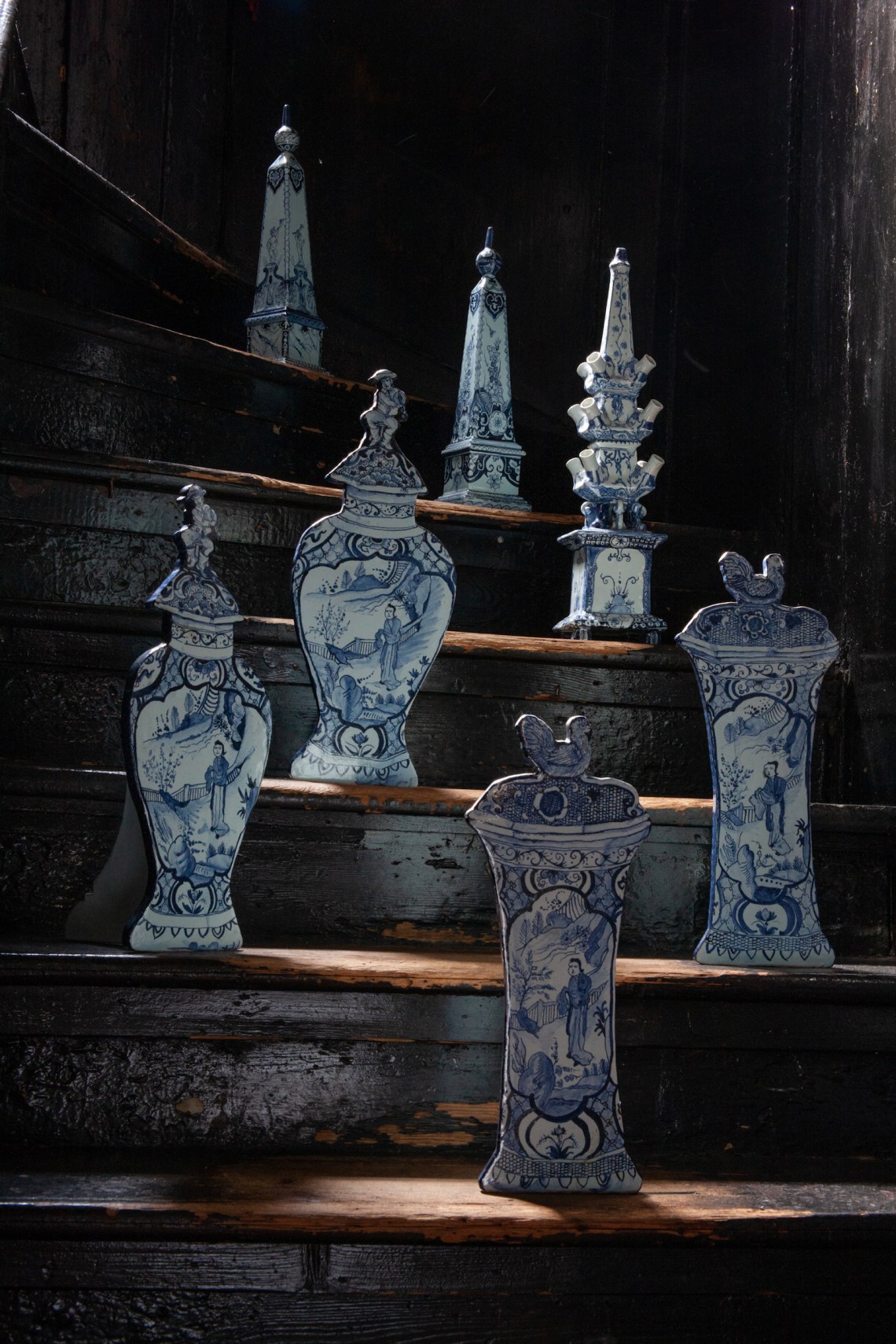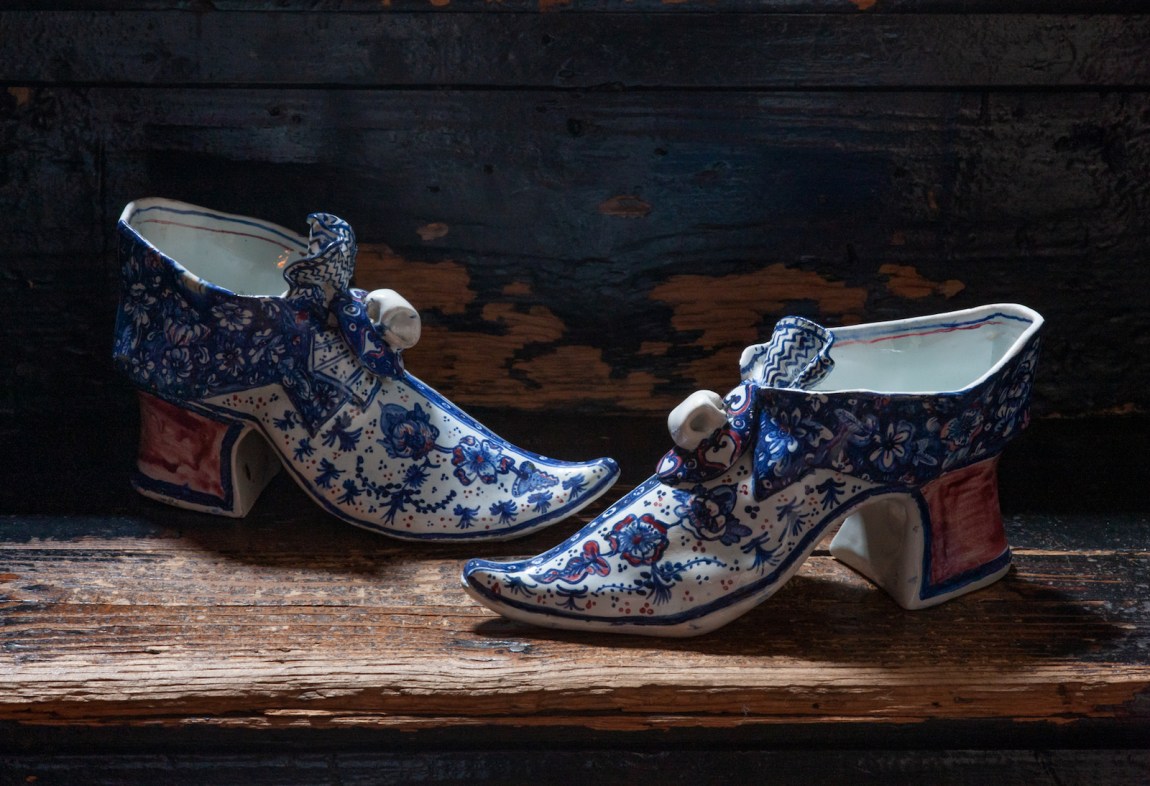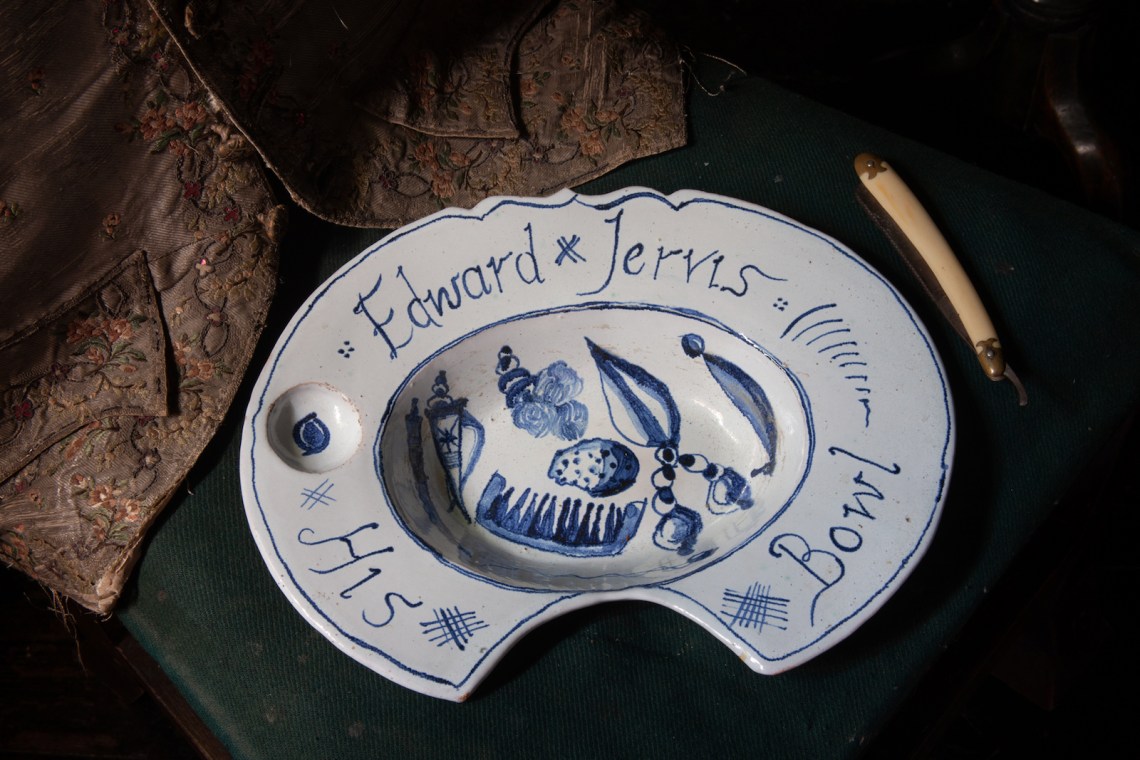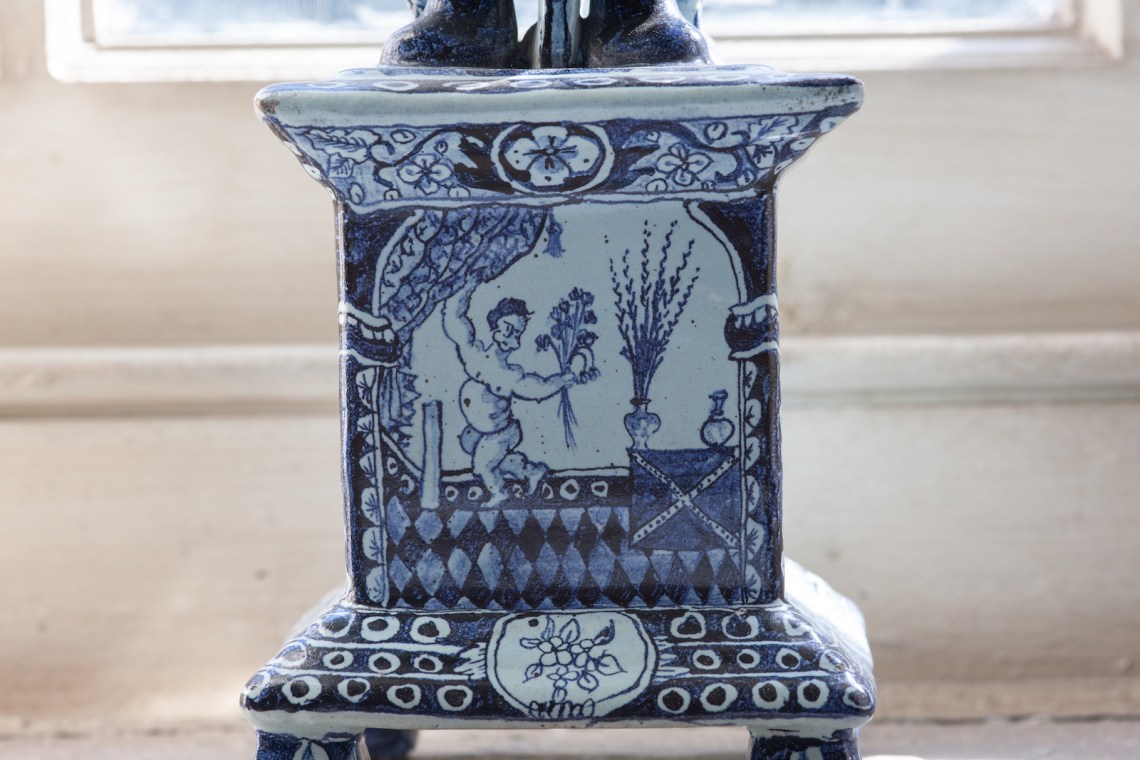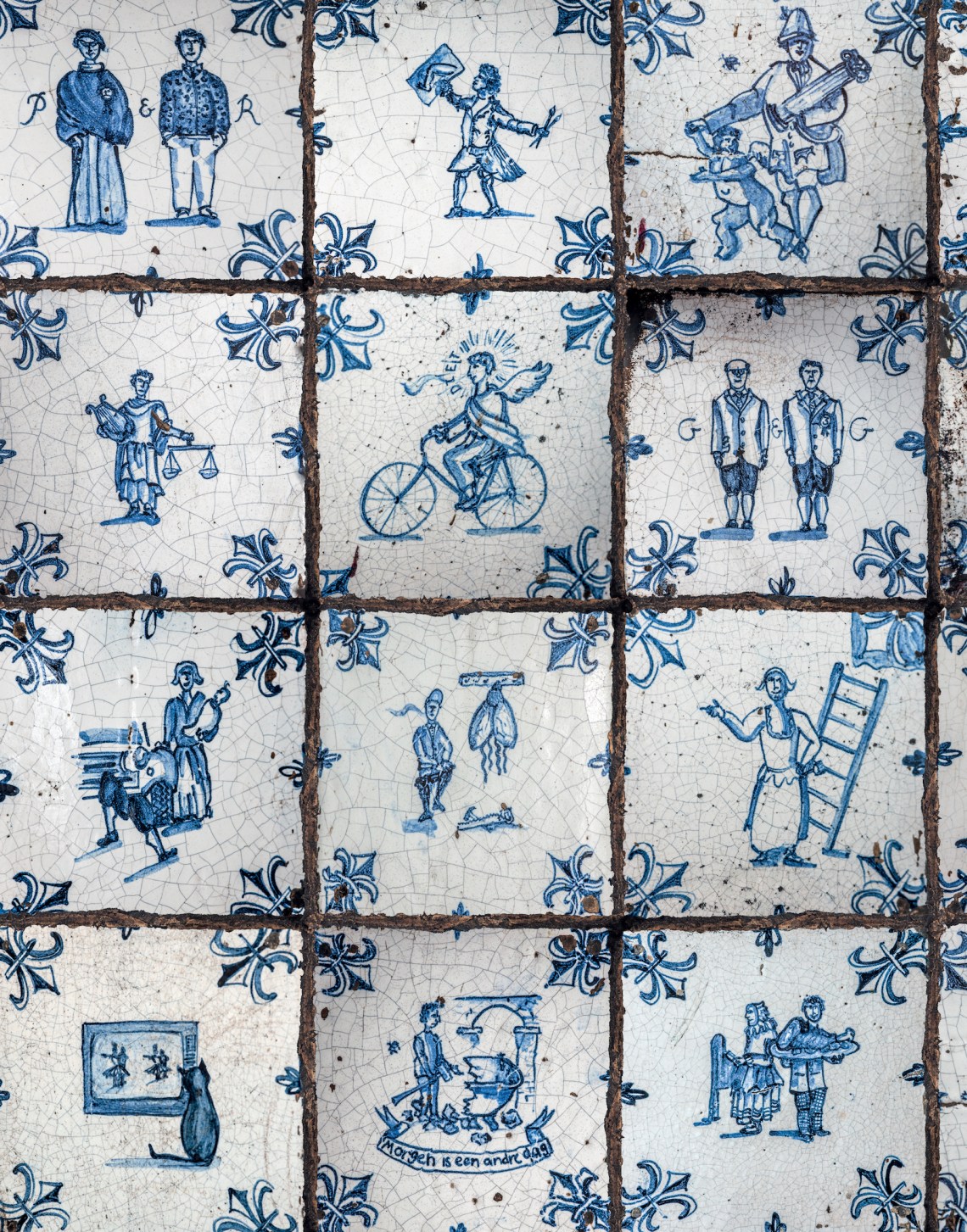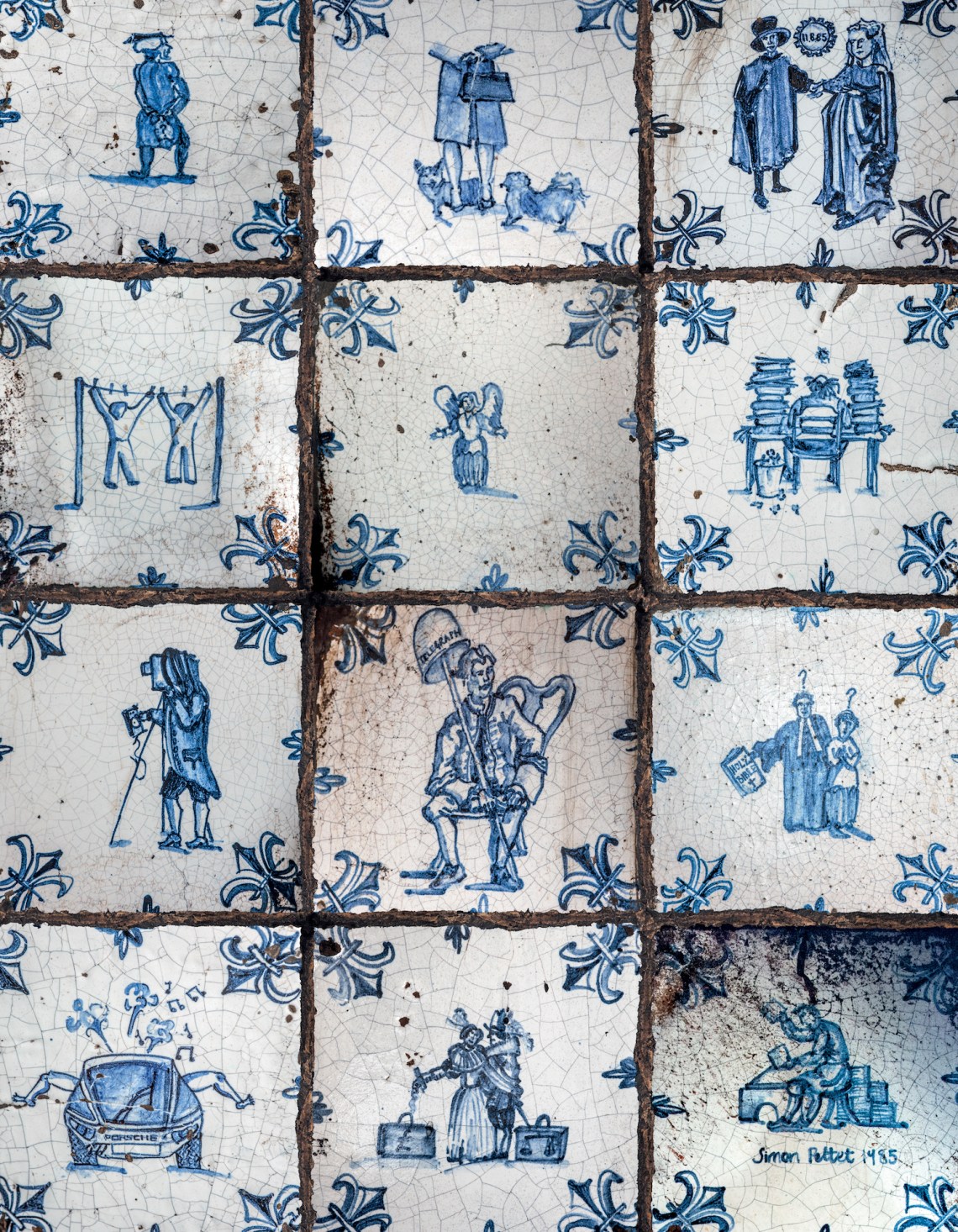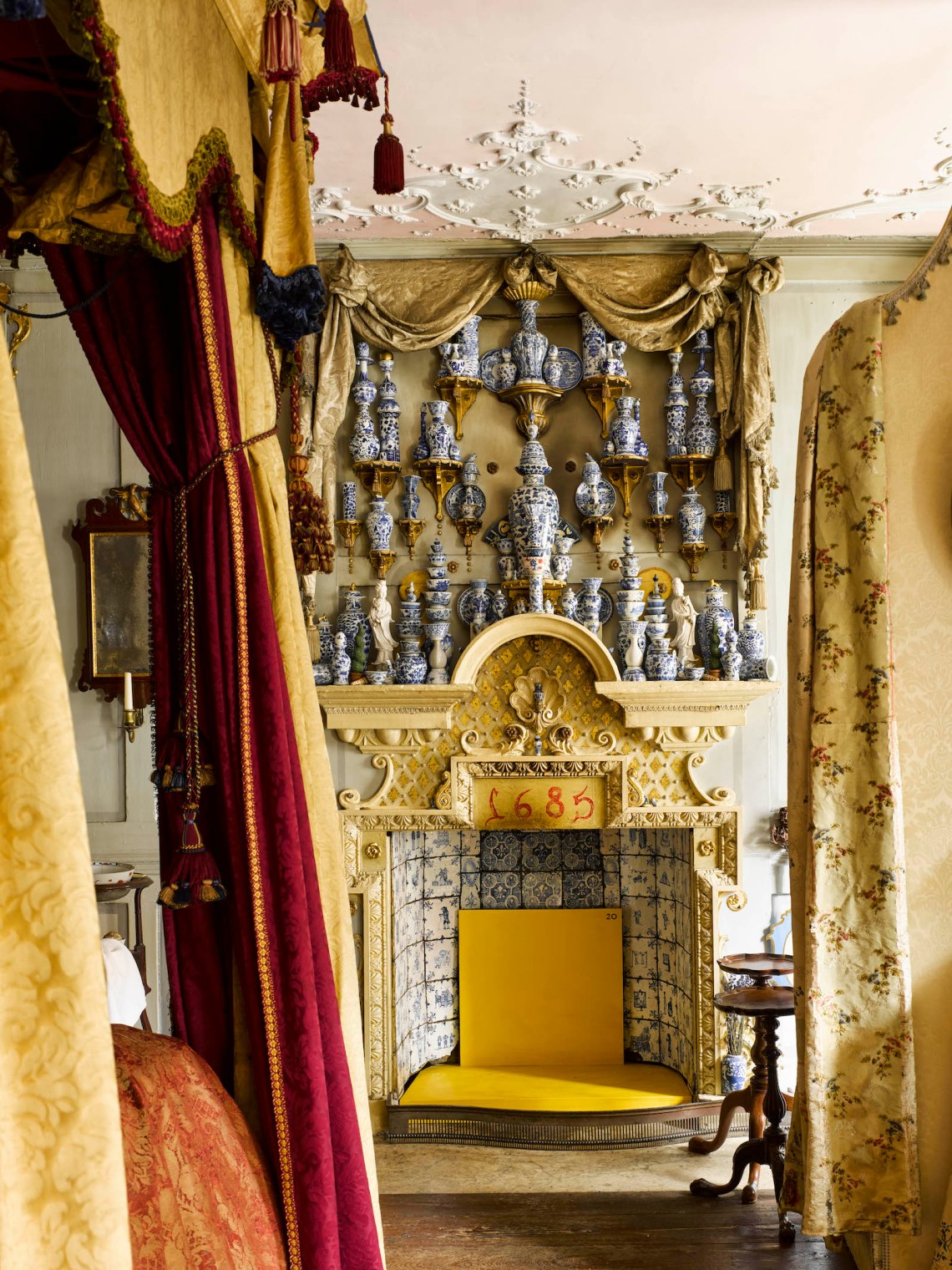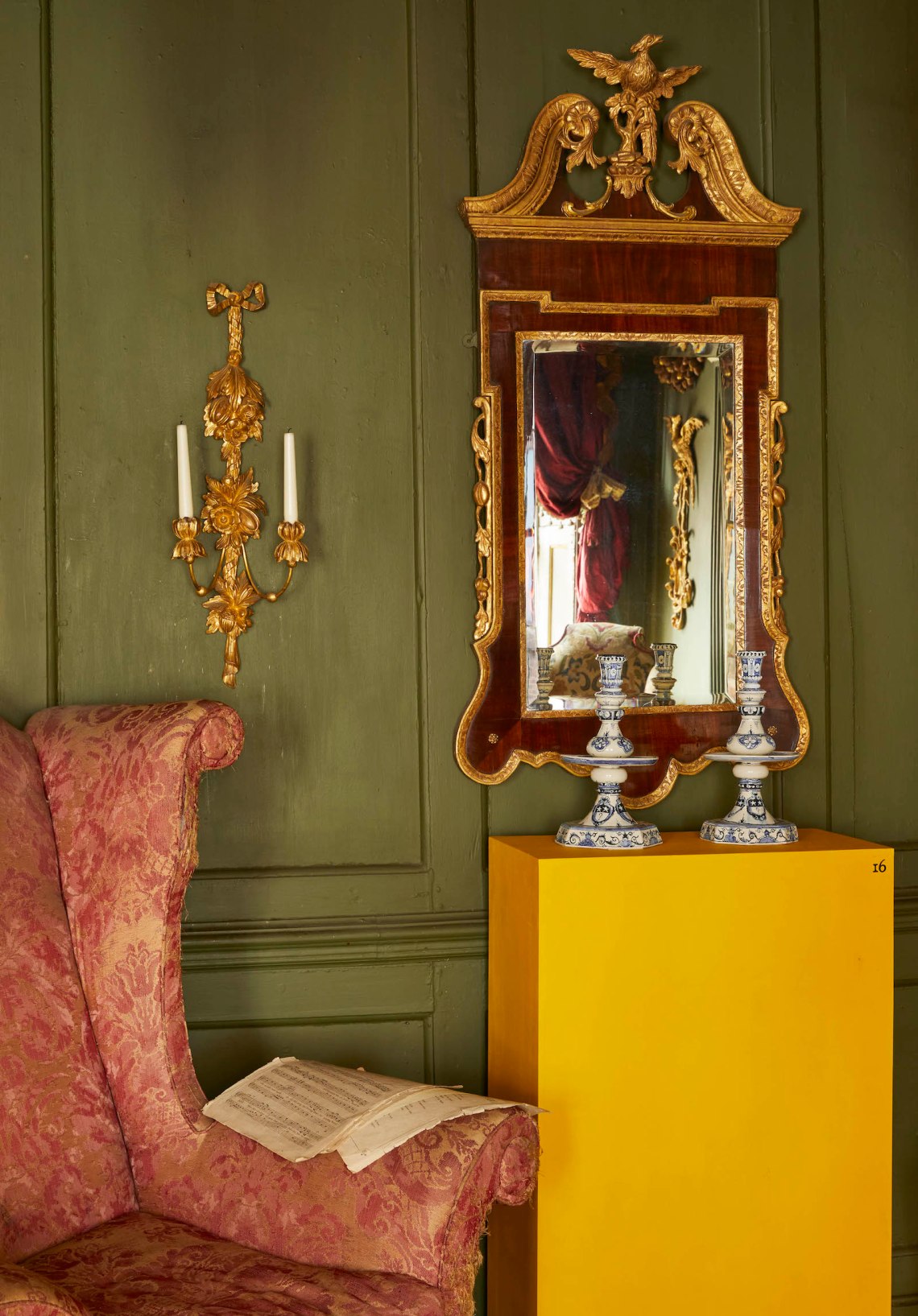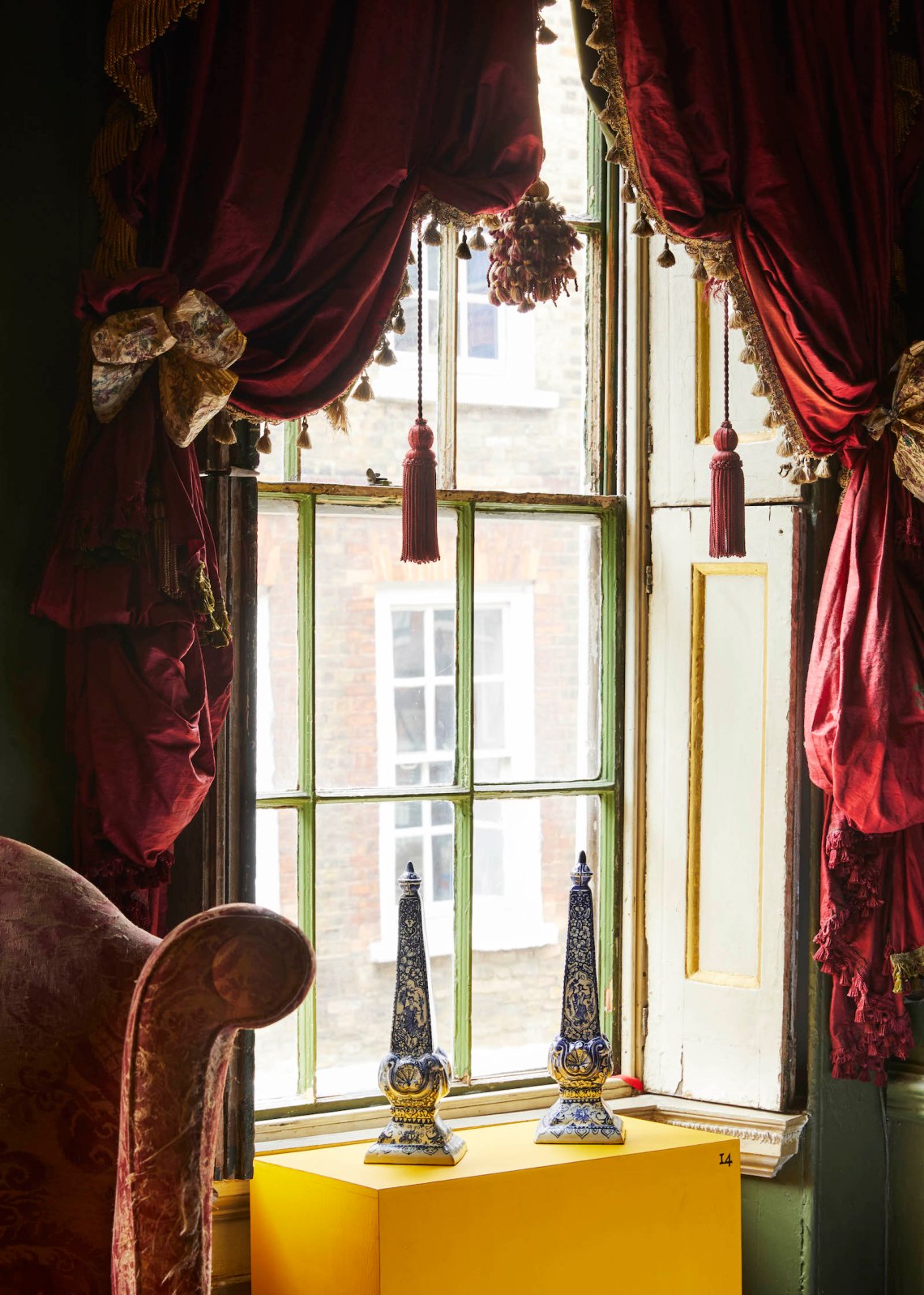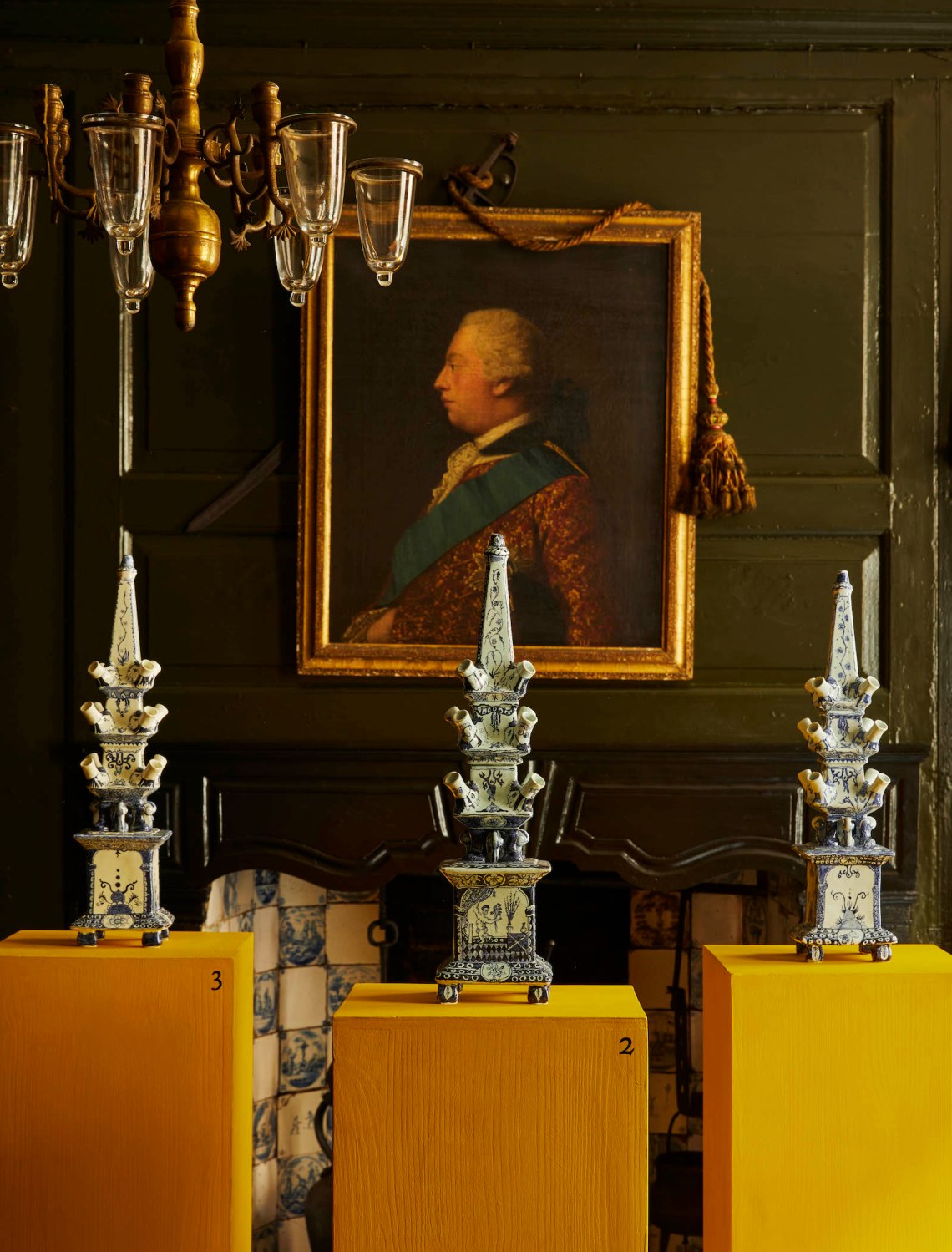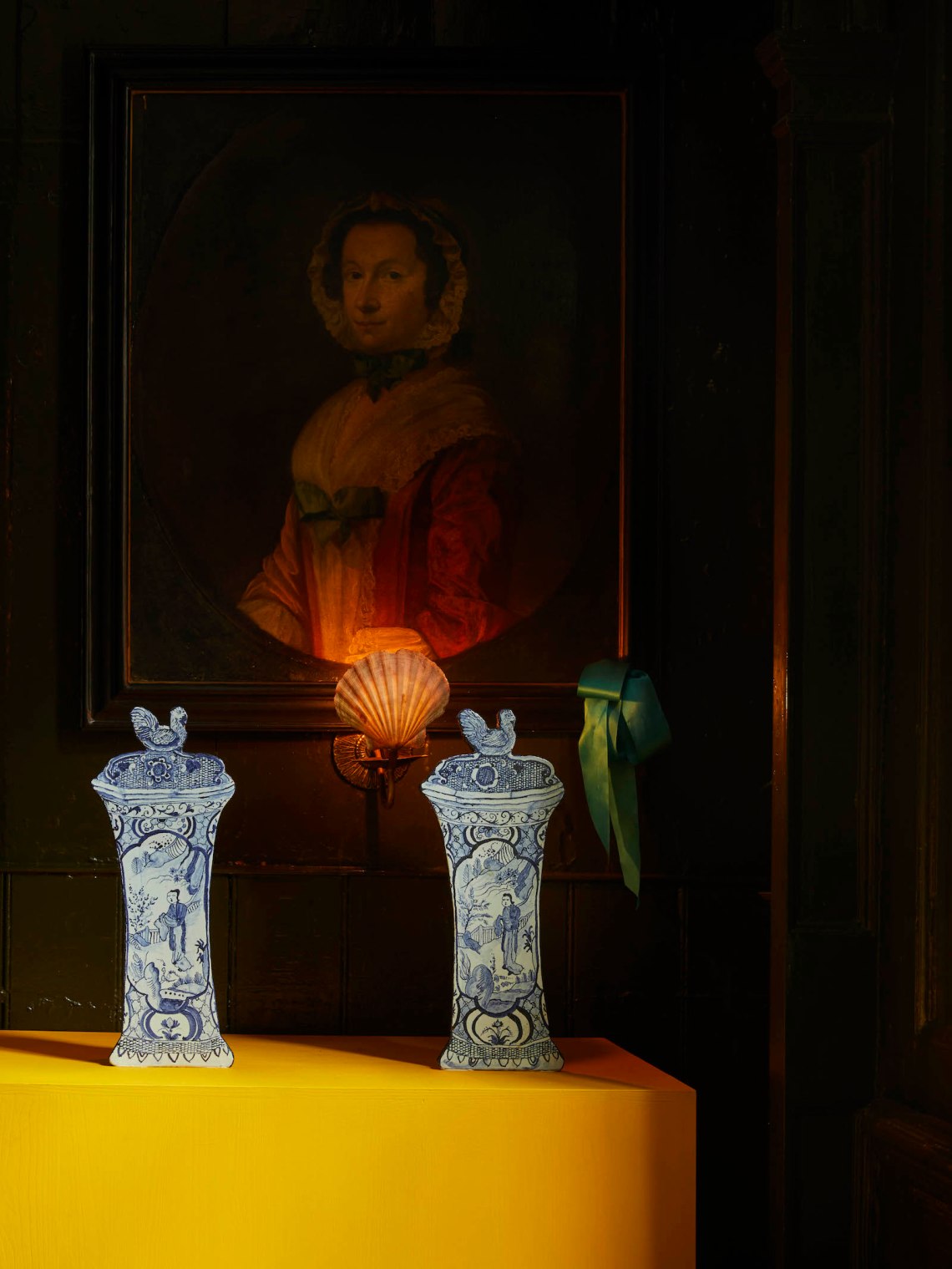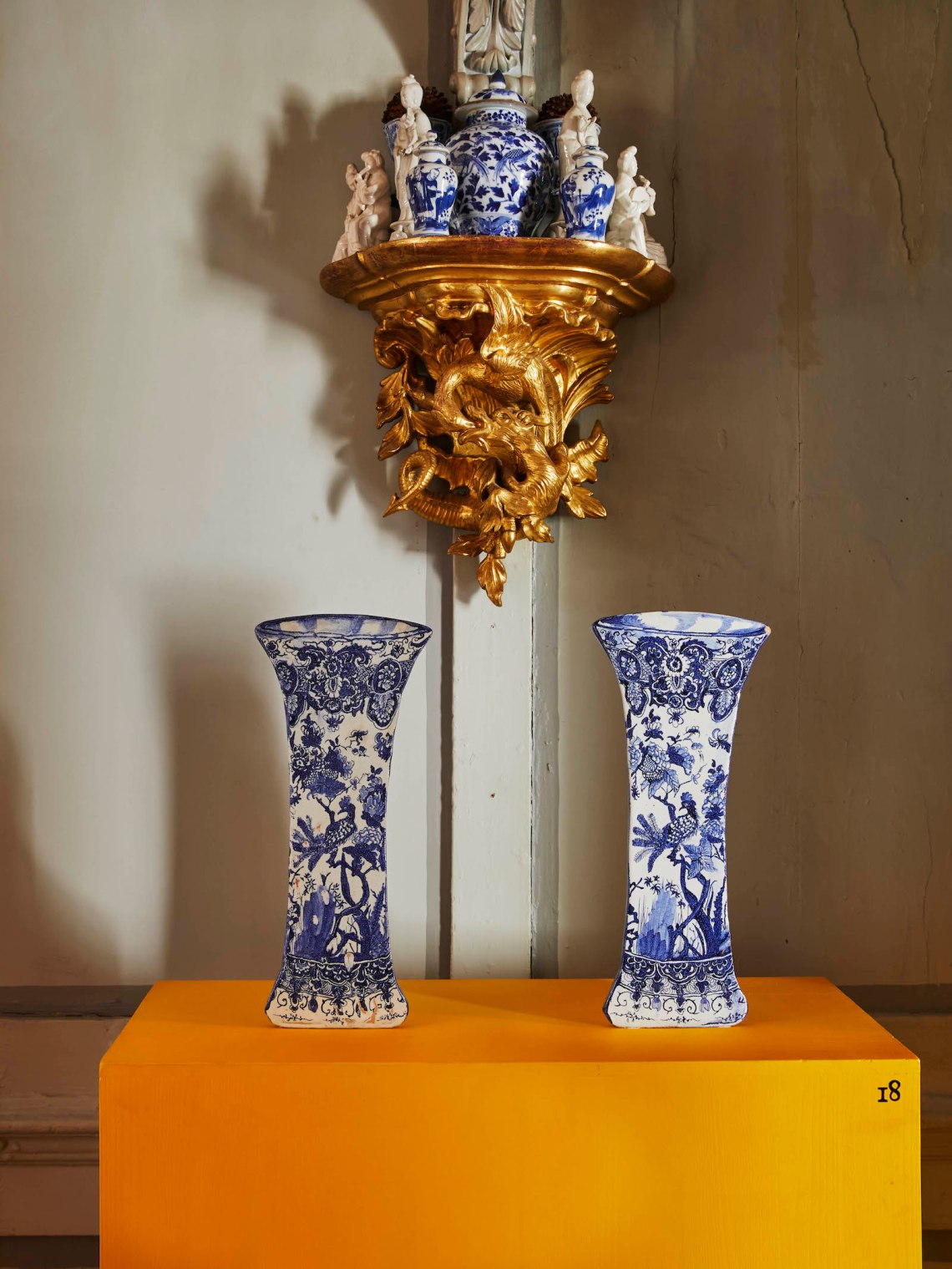Just to the east of the City of London is the district called Spitalfields. It was always a place of exile. Once the habitat of Huguenot weavers fleeing the massacres in France, it later became a refuge for Jewish immigrants from eastern Europe and Russia. By the 1970s it had acquired a new population of Bangladeshi immigrants working in the rag trade, in garment factories and warehouses. The built fabric of this area was a mixture of postwar urban detritus and elegant eighteenth-century townhouses that were now rotten and unstable. It was a strange hinterland adjacent to the city center both sociologically and architecturally, its most notable feature being the vast fruit and vegetable market that functioned as a barricade against the bourgeois professionals from the nearby financial district.
It was also in the 1970s that a new generation of exiles began to set up in Spitalfields: sometimes international, sometimes gay, sometimes both, they were people who found in this apparently liminal zone both a different way of living and a different approach to architecture. The local council was busy at commercial redevelopment—tearing down houses and stores or ripping out their delicate internal cornicing and fire surrounds. In 1977 the Spitalfields Trust began buying up these buildings as an act of resistance, in order to restore and preserve them.
One of these, a house on Folgate Street from 1724, was acquired from the trust by Dennis Severs, an American who had recently moved from California and was making money showing tourists the sights of London in a horse-drawn carriage. Soon he abandoned these carriage rides, and invented a new historical tour that centered on this house, gradually restoring it into a kind of eighteenth-century simulacrum—the fictional dwelling of the Jervises, a multigenerational family of Huguenot immigrants. Visitors were invited to imagine that the Jervises had just gone out, and Severs then attacked the senses with a ghostly combination of performance and installation. While listening to Severs perform monologues he had written, the audience also encountered meticulous eighteenth-century sensations: the sound of bells or horses’ hooves came from hidden speakers, and chamber pots with terrible smells lurked to assail the unwary visitor.
Severs performed at least three architectural gestures in the house: the elimination of later material; the insertion of salvaged objects; and, perhaps most importantly, the recreation of lost originals with makeshift materials. A four-poster bed was convincingly constructed out of pallets and toilet rolls soaked in glue. Plastic fruit from a local supermarket was glued to the ceiling and painted over to look like ornate plasterwork. And a central strand of this stagecraft was the ceramic work of one of Severs’ partners, Simon Pettet.
Pettet met Severs at Heaven, the gay nightclub under the arches near Charing Cross, as he was beginning a ceramics degree at Camberwell School of Art & Design. He soon moved in and started helping Severs create his living installation—painting clockfaces, plastering cherubs, fitting ceiling mouldings, and above all making an extraordinary series of ceramic items that were inserted in almost every room. The work Pettet created was in the grand if local tradition of English delftware. In the sixteenth and seventeenth century many Protestant potters emigrated from Holland to England, where their “blew and white” pottery was made ultra-chic by William and Mary in their royal apartments in Hampton Court.
Pettet reclaimed this tradition and made it both elegant and deliriously contemporary. Just as the house was both imitation and creation, Pettet’s ceramics played multiple variations on the idea of an original. Some of them were recreations of eighteenth-century items: an indented barber’s bowl; a white tin-glazed porcupine; a Boxing Day collection box. To these you could add his more ornate retrievals, like a series of obelisks and flat-fronted profile pots or a pair of delft shoes, which were traditionally made as symbols or tokens of affection. But then there were postmodern plays with timeframe, like his transfer-printed mugs made to give to friends, with their baroque designs set against 1980s slogans: “Has Life Ruined Your Art? Has Art Ruined Your Life?” Finally there was his series of tiles that formed a fireplace surround, the Gentrification Piece, where the careful viewer can locate portraits of local Spitalfields bohemia, initially disguised by the eighteenth-century style: writers working into the night, a neighbor in flagrante in a parked car, the artists Gilbert and George…
Pettet died in 1993 at twenty-eight. His entire oeuvre was produced in less than a decade. Severs died six years later at fifty-one. Both of them had been diagnosed HIV positive. Just before Severs’ death, the Trust bought the house back to preserve its patient effort of preservation. And now a comprehensive exhibition of Pettet’s ceramics—beautifully curated by Rupert Thomas, who has also edited a superb catalog—has been movingly displayed in the same space.
Advertisement
In the house’s usual configuration, many of these pieces were part of the general staging. For the show, they have been brought out into the center of each room—often displayed on plinths painted a yellow to match the garish tone of one of Pettet’s bikes, which is propped up in the ground floor dining room. To them have been added pieces lent from private collections. Meanwhile some pieces—the tiles of the Gentrification Piece, a salt-glaze pineapple on a balustrade—remain in their habitual locations. The effect is to add a new layer of ghostliness to the house, a new accumulation of timeframes—just as the soundtrack the visitor now hears is not just the bells and hooves of the eighteenth century but some of Pettet’s favorite songs from the 1980s.
It’s easy to think of architectural preservation as a reactionary mode. But in fact preservation is one of modernism’s forms. In the restored houses of Spitalfields and its environs, attention to the past comes with a sense of jubilation—a relaxed stylistic inclusiveness that seems to express a similarly inclusive political commitment to improvised friendships and communities. Both the Severs House itself and Pettet’s blue ceramics are very fluid in the way they understand time. They seem to suggest that apparently immobile objects in fact exist in a permanent state of performance. So much time passes, but—and maybe this is the lesson of these beautiful mugs and plates and tulipières inside this haunted house—everything happens in the present moment.


